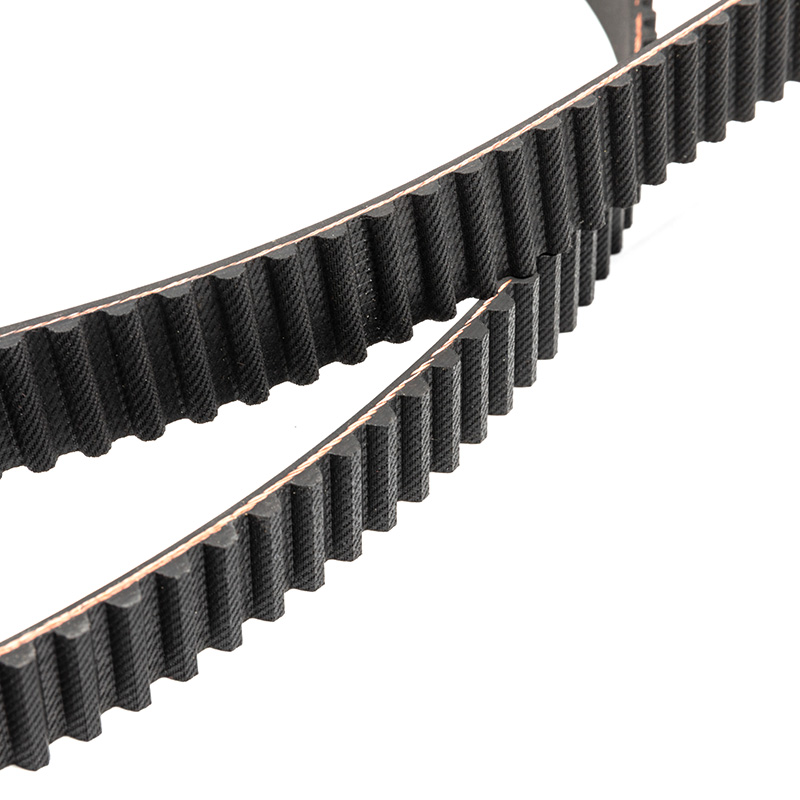Timing Disruption and Valve Timing Precision: The timing belt serves as the linchpin in maintaining precise synchronization between the rotation of the crankshaft and the camshaft(s). This synchronization is pivotal for optimal engine performance as it regulates the opening and closing of intake and exhaust valves in perfect harmony with the movement of the pistons. The timing belt ensures that each valve opens and closes at the exact moment required for efficient combustion, maximizing power output and minimizing emissions. However, as the timing belt wears over time, or in the event of a sudden breakage, this finely tuned synchronization is disrupted. Consequently, the engine's valve timing becomes erratic, leading to compromised combustion efficiency, decreased power delivery, and potential drivability issues such as hesitation, rough idling, and diminished throttle response.
Engine Stalling and Operational Interruptions: The repercussions of timing belt wear or failure extend beyond mere performance degradation to include the risk of engine stalling. This occurs when the timing belt's inability to maintain proper valve timing disrupts the engine's combustion cycle. Without synchronized valve operation, the intake and exhaust valves may open or close at incorrect intervals during the engine's four-stroke cycle, leading to erratic combustion events and loss of power. In extreme cases, such irregularities can culminate in complete engine stall, leaving the vehicle inoperable and potentially posing safety hazards, especially in critical driving situations such as highway merging or navigating intersections.
Compression Loss and Power Degradation: The timing belt's role in regulating valve timing is instrumental in maintaining optimal compression levels within the engine cylinders. During the compression stroke, the precise closure of intake and exhaust valves is paramount for sealing the combustion chamber and creating the necessary pressure for efficient power generation. However, a worn or broken timing belt disrupts this process, allowing compression to leak from the combustion chamber. The resultant loss of compression translates into diminished engine power output, reduced torque delivery, and compromised overall performance, particularly during acceleration or towing scenarios where robust power delivery is crucial.
Engine Overheating and Mechanical Damage: In engines featuring an interference design, where the pistons and valves share the same physical space but operate at different intervals, timing belt failure poses a grave risk of mechanical damage and engine overheating. When the timing belt snaps or skips teeth, the valves may become out of sync with the pistons, leading to potential contact and collision. This collision, known as interference, can result in bent valves, damaged pistons, and compromised cylinder head components. The friction and heat generated from such contact further exacerbate the risk of engine overheating, potentially culminating in catastrophic mechanical failures and necessitating costly repairs or engine replacement.
Fuel Efficiency Impairment and Increased Emissions: The precise synchronization facilitated by the timing belt is not only crucial for engine power and performance but also for optimizing fuel efficiency and minimizing emissions. When the timing belt wears or breaks, the engine's combustion process is thrown out of balance, resulting in inefficient utilization of the air-fuel mixture. This inefficiency manifests as decreased fuel economy, as the engine compensates for the irregular combustion by consuming more fuel to maintain performance levels. Compromised combustion efficiency may lead to increased emissions of harmful pollutants, undermining environmental sustainability and potentially resulting in regulatory non-compliance in regions with stringent emissions standards.
Automotive Timing Belts




 English
English 中文简体
中文简体

 View More >>
View More >> View More >>
View More >> View More >>
View More >> View More >>
View More >> View More >>
View More >> View More >>
View More >> View More >>
View More >> View More >>
View More >> View More >>
View More >> View More >>
View More >> View More >>
View More >> View More >>
View More >>
